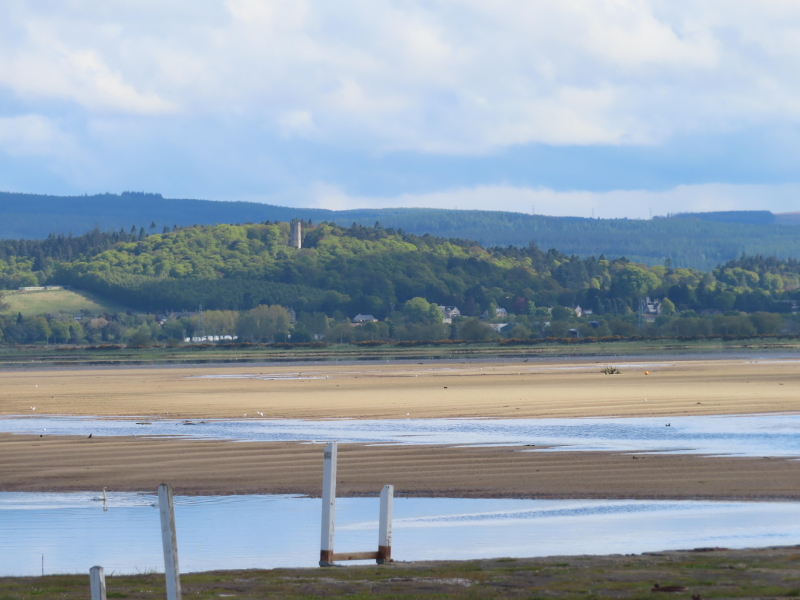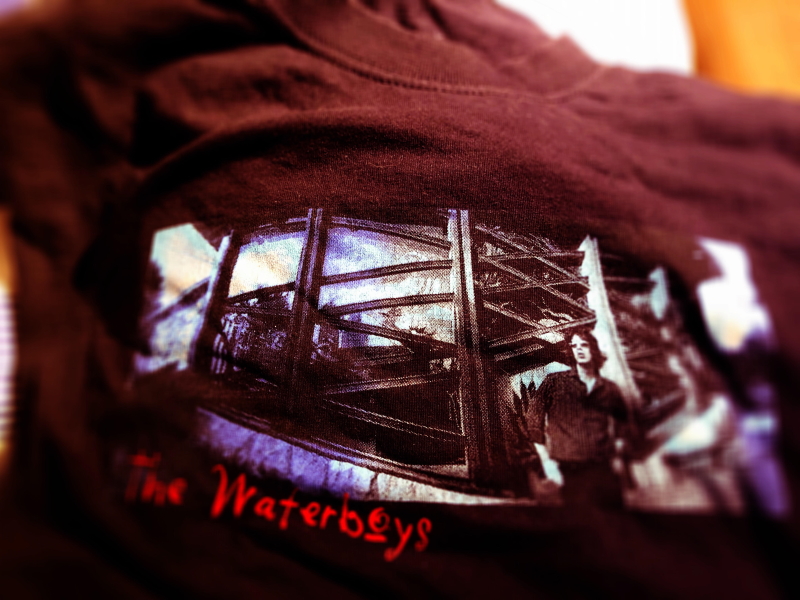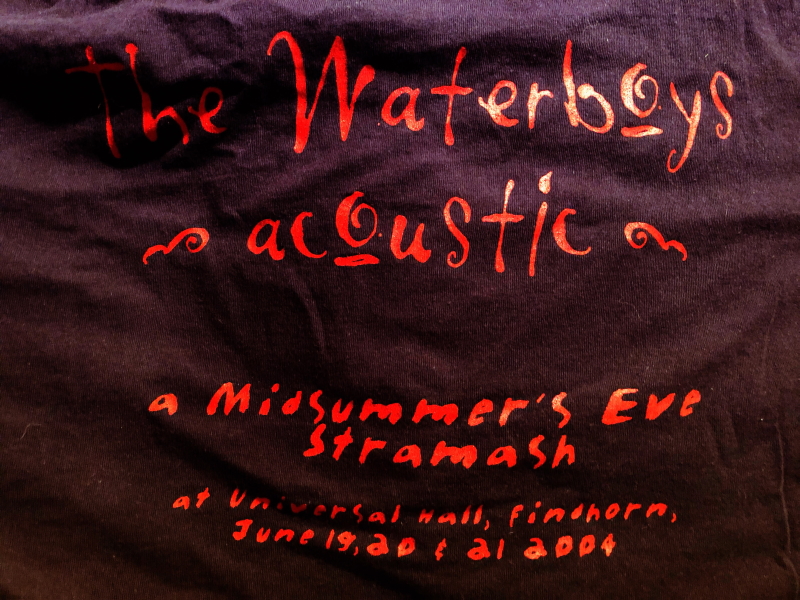
Mike Scott is The Waterboys.
He’s had a lengthy connection to Findhorn and the Findhorn Community in Moray.
The Waterboys’ song that ‘everyone’ knows is The Whole of the Moon from their 1985 album This is the Sea.
Though The Waterboys is a band, the line-up has changed continuously since its formation in 1983.
Steve Wickham, on fiddle and vocals, is the closest there is to a ‘constant’ companion for Mike Scott on his musical journey but even he was absent for about 10 years, during the 1990s (though the Waterboys themselves were on a hiatus from about 1993 to 2000).
This is the Sea is the third Waterboys’ album.
It’s the last of what came to be known as their Big Music phase, with arrangements featuring grand musical statements which were often challenging to reproduce live.
Steve Wickham features on the track ‘The Pan Within’. He is from Sligo, in the west of Ireland and was already known as a rock violinist from his contributions to songs such as U2’s Sunday Bloody Sunday.
Ireland – and its traditional, more-organic-than-Big music – was to be a strong influence on The Waterboys.
This can be seen over their next two albums, Fisherman’s Blues (1988) and Room to Roam (1990).
Ireland was to be Mike Scott’s home over the period 1986 to 1992 or so.
He moved to the US by the time of the band’s next album (Dream Harder; 1993) but his interest in spiritualism led him back to the British Isles – to the Findhorn Foundation – having read about it in a book by one of the Community’s founders, Eileen Caddy.
The story of Mike Scott finding his spiritual home in Findhorn is narrated on his 1995 solo album, Bring ‘Em All In.
In the song Long Way to the Light, referring to Findhorn, he sings, “I can’t believe I got here, or how long it took”.
Q Magazine, in its album review, described the title song of the album as “instantly compelling”. Over fast, finger-strummed acoustic guitar, as a song, it’s an intimate experience, with the four words of the title frequently repeated, like a mantra.
Bring ‘Em All In (album) was recorded at the Findhorn Foundation, with Mike Scott playing all the instruments himself.
Findhorn was to be Mike Scott’s home for about 10 years.
By 2000, though his two solo albums (1995 and 1997) had achieved critical acclaim, they had not been commercially successful. As a result, Mike Scott revived The Waterboys’ name with the album A Rock in the Weary Land. By 2003, Steve Wickham was back in the fold and the album Universal Hall was named after the centrepiece of the Findhorn Foundation, with its wonderful pentagonal auditorium.

Both as a solo artist and as part of the re-formed Waterboys, Mike Scott performed many concerts at Universal Hall, often around Midsummer in June.

Given the relative commercial failure of Bring ‘Em All In, it is perhaps surprising that its name was to be revived.
Indeed, it could be argued that the song of that name he recorded in Findhorn is the greatest Waterboys’ song you’ve (probably) never heard.
Re-interest came via an unlikely source.
Daniel Levitin is an American-Canadian cognitive psychologist and neuroscientist.
He is also a writer, musician, and record producer.
A recurring theme of his 2006 popular-science book, This is Your Brain on Music, is that even people who have no explicit training in musical theory and performance have “musical” brains – which make them “expert” listeners.
His 2008 book, The World in Six Songs, takes an aspect of his earlier broader work, identifying six fundamental song functions or types (friendship, joy, comfort, religion, knowledge, and love). He then attempts to show how each in its own way has facilitated the social bonding necessary for human culture and society to evolve.
The final chapter in the Six Songs book, entitled “Love or ‘Bring ‘em all in’”, concludes with an analysis of Mike Scott’s Bring ‘Em All In.
Levitin describes it as “one of the greatest love songs ever written.”
The author argues that the core of the human desire for romantic love is the ability to form a strong partnership with another person. And perhaps the second-most common song in pop music, after the romantic love song, is the breakup song, or the song of love lost.
Levitin also points out that love comes in many forms – includingthat between parents and children, between friends, and of God. In his view, in its larger sense – the comprehensive, selfless commitment to another person, group, or idea – Love is the most important cornerstone of a civilised society.
Of the song, Bring ‘Em All In, Levitin writes that:
“It is the yearning of one human to feel at one with the world, to embrace all that is contained within it. It is a love song to all of us, to the good and the bad, to the great and the small. It is the song of one man alone with his thoughts, by himself, trying to reach out to become connected.”
Mike Scott has reinterpreted several of his own songs over the years, not always to critical acclaim.
The epic (on that album) opener to This is the Sea, Don’t Bang the Drum, reframed for the early 21st century as a stripped-down piano and vocal arrangement was once described by The Scotsman newspaper as a “murderous travesty”.
We can call Bring ‘Em All In a Waterboys’ song because the band recorded it for their 2005 live album, Karma to Burn. Adding piano (Richard Naiff) and fiddle (Wickham) to the original ‘acoustic guitar and breaths’ arrangement is not too much of departure from Mike Scott’s conception of the song.
Join our Newsletter for a weekly Moray update.
Delivered straight to your inbox. (See the sign-up form below).